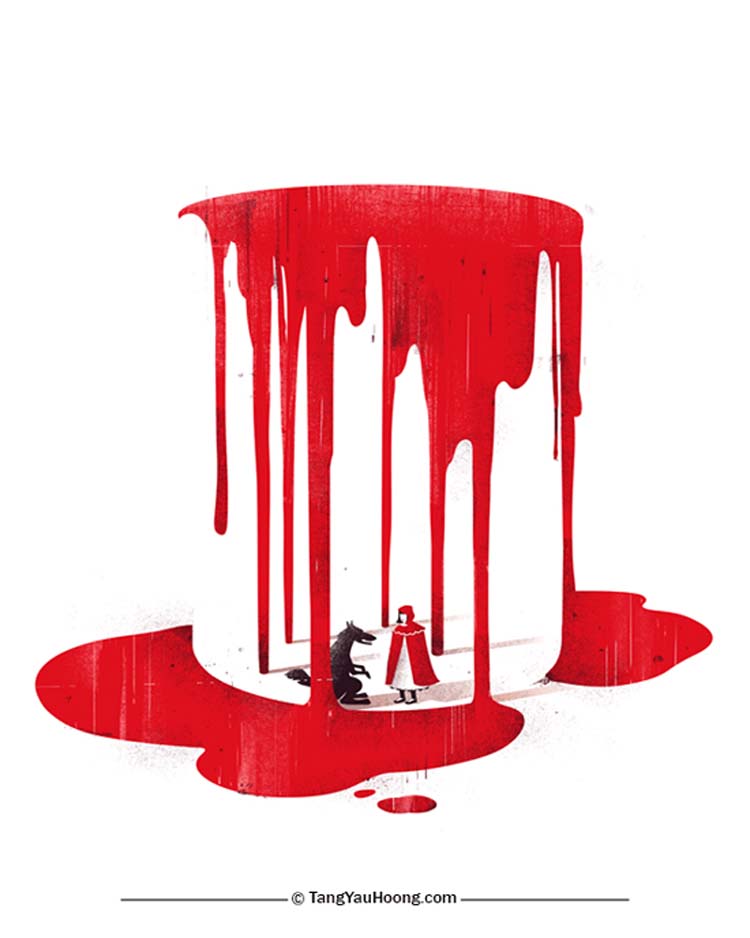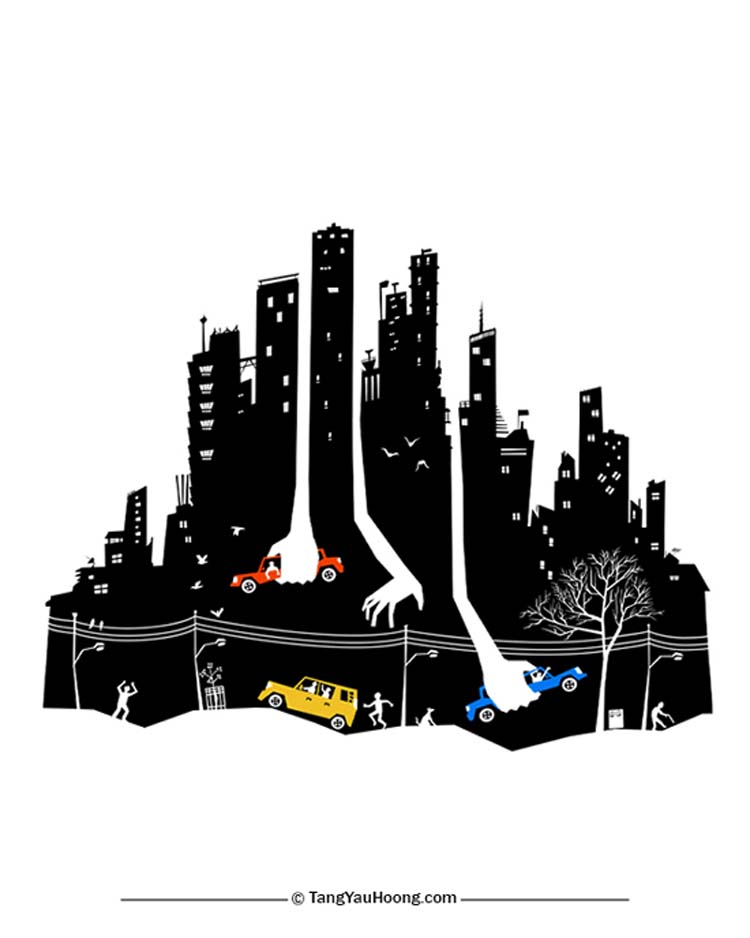

A piece of artwork would get completely lost whilst completely ruining the look of the vertical spindles in the process.įor me, that’s too busy. In fact, so much so, I probably won’t be wanting anything on that back wall at all. I would have loved to have kept the whole staircase and landing open, but as we have a four year old to keep alive and still need to get our build past building regs, a handrail is a must.Īs you can see, the strips of plywood take away a lot of that negative space.

And hopefully in another month or so, we’ll have our new carpets fitted too. It’s taken a long time, but hopefully this time next week it will be in. The reason i’ve not done so yet is, we still haven’t got our new handrail fitted. See that big white wall? The one that runs all the way up our new staircase with TONS of negative space? Well i’ve been waiting to hang a piece of art on that wall for months. Where is it going to go? What view will you have of it? Will you get to see the design you’re paying for? Don’t choose a piece based on how it looks online or on a shop floor. Top Tip 1 – Choose furniture that’s right for your home and room’s proportions. But for this period property, it was perfect. I don’t have the space to pull a chair away from a wall, into the room and leave space all around it. It wouldn’t work in my house as my room’s proportions are way too small. A piece like this needs “negative space” around it in order to work. The delicacy and simplicity of the frame. Now, some of you might prefer that, but to me, it’s ruined the design of the chair. Imagine i’d added a basket down by the side of the chair and wanged a cushion on. I purposefully didn’t add cushions or throws to these chairs.

The space and light that passes through allows you to see the shape, design and structure of the frame, highlighting the soft, clean lines of the velvet seat. We’ll start with this chair:Ī post shared by Karen Knox – Making Spaces Armchair from in the Upper Brook St ProjectĪs the name suggests, the chair “frame” works beautifully because of the space around and inside the brass frame. Ok, I think you guys have got it now. Let’s take a look at how it works in practice. This basic, but often overlooked, principle of design gives the eye a “place to rest,” increasing the appeal of a composition through subtle means.” Wikipedia “The use of equal negative space, as a balance to positive space, in a composition is considered by many as good design.

Negative space = the “empty” space around and in between everything else, more often than not highlighting and showcasing everything next to it. Positive space = the space that’s taken up with actual “stuff” furniture, lighting, artwork, accessories…. The chimney breast was left clear, offering the room some negative space to balance out the alcoves, both of which were filled with furniture, mirrors, books and accessories. Negative space is a good thing and every room needs it in order to function, to offer visual balance and to zone spaces. I’ve mentioned this a few times over on Instagram of late, and I thought it was about time I explained what i’m actually going on about. Negative space isn’t a space that’s got “ bad vibes, man”.


 0 kommentar(er)
0 kommentar(er)
